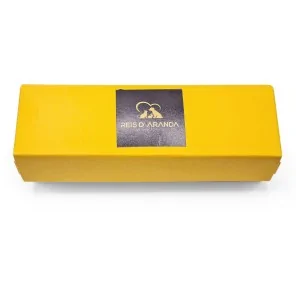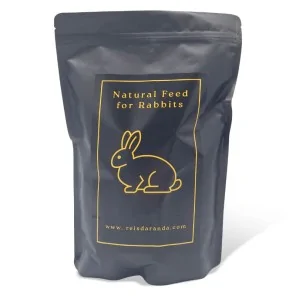Its name says it all: the Vienna blue rabbit comes from Austria. Not only is it beautiful with its shiny blue-grey...
THE ‘GREAT RUSSIAN’ RABBIT
INTRODUCTION
The Himalayan or ‘Great Russian’ rabbit, despite its name, has no direct connection with the Himalayan region or Russia. Its name is derived from its appearance, which resembles that of some animals native to that area.
This curious breed, which is sometimes confused with the ‘Californian’ rabbit, has an attractive spotted pattern and pink eyes, and is known as a ‘pseudo-albino’ (since its eyes are unpigmented but its fur is).
THE ORIGIN OF THE ‘GREAT RUSSIAN’ RABBIT
Its origin is uncertain, but it is believed that the breed was developed in England during the 19th century, possibly from crosses between chinchilla rabbits and other white breeds.
The ‘Great Russian’ rabbit is one of the oldest rabbit breeds, dating back thousands of years. Despite their name, it is not clear whether these rabbits are actually from the Himalayas. They were first seen in the United States in the early 20th century, and are known to be one of the first breeds recognised by ARBA (The American Rabbit Breed Association).
WHAT IS THE ‘GREAT RUSSIAN’ RABBIT LIKE?
The ‘Great Russian’ rabbit is a medium sized breed (3,500 kg - 5,000 kg), with a robust and massive body with firm muscles; the back line is slightly curved and well rounded at the rear. In older bitches a small dewlap is permitted.
The head is strong and close to the torso. The forehead is arched. The ears have a strong structure and their length corresponds to the size of the body and is therefore ideally between 12 and 13 cm.
The insignia are mask, ears, running and tail. The mask is elongated oval and easily catches the lower jaw, but should not reach above eye level.
The ear colour is clearly demarcated at the root. The colour of the paws extends to the front joint.
The colour of the coat of the ‘Great Russian’ rabbits will vary according to the temperature of the environment (it is a thermosensitive colour); during the coldest days of winter the dotted (coloured) areas will become a little darker, while on warmer days they will become lighter, they may even look completely white and give the impression that they are albinos.
The adult colouring of the Great Russian rabbit is fully developed during the first 6 months. The basic colour, with good brilliance, is pure white. The under colour, which does not differ from the basic colour, is also white. The colour of the markings is black, the colour of the pattern should be pure, i.e. without intercalations of different coloured hair and as intense as possible, the eyes are translucent red and the claws are dark horn-coloured (not depigmented like those of albino rabbits).
In conclusion, the eye colour of these adorable rabbits will always be red. Many times, people claim to breed ‘Great Russian’ rabbits that do not have red eyes, and it is most likely that these people have been scammed, or it could be another breed of rabbit that has been misidentified.
THE ‘GREAT RUSSIAN’ RABBIT AS A PET
The ‘Great Russian’ rabbit has a calm and affectionate temperament, which makes them a perfect pet for children and the elderly. Some rabbit breeds can be a little agile and territorial, but not the a. Of course, young children should be supervised when interacting with a ‘Great Russian’ for the animal's protection.
These rabbits are suitable for outdoor or indoor living conditions, and are suitable for owners of any age or level of experience. When socialised early, they are friendly. It will need space to move around and burn off energy, or else, like most rabbits, it will become frustrated and may become sick or destructive in order to release that stored energy.
The Great Russian rabbit has no special grooming requirements and its coat is easy to maintain with weekly brushing and spot cleaning. If your rabbit begins to shed more than usual, brush it two or three times a week to keep shedding to a minimum.
As far as diseases are concerned, the Great Russian rabbit has no specific diseases or care other than vaccinations and regular check-ups.
As far as food is concerned, this is the same as that of any other rabbit, being based on hay (80% of the total ingested), quality fodder as a complement, vegetables, occasional fruit and occasional treats.
CONCLUSION
The ‘Great Russian’ rabbit is one of the most striking rabbits because of its colour pattern and curious physical characteristics (such as its colour pattern being thermosensitive and accentuating or disappearing with temperature), which can become a pleasant and friendly companion, provided that we offer it places to exercise and socialise it correctly.
Leave a comment
Log in to post comments
















